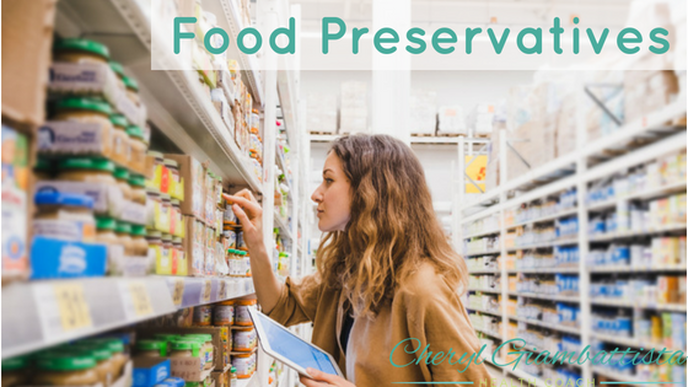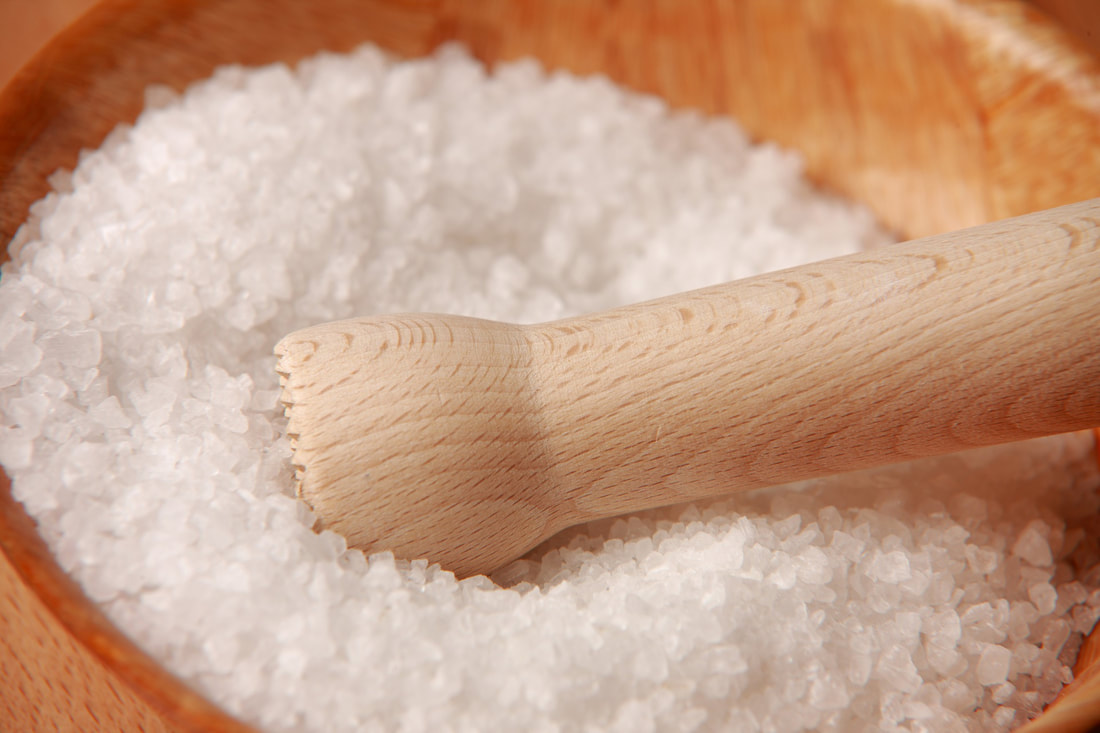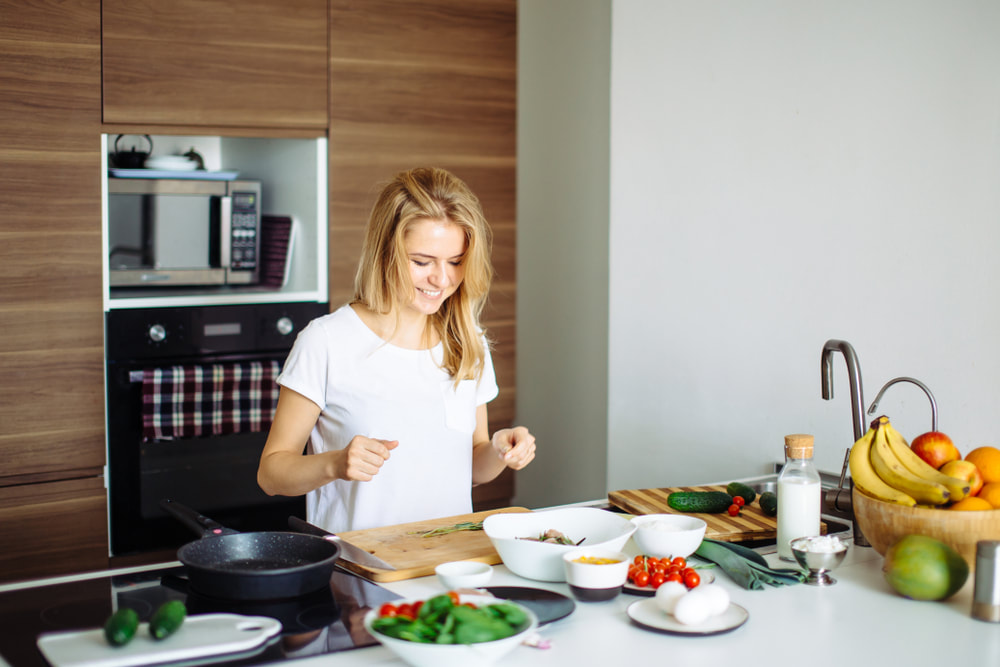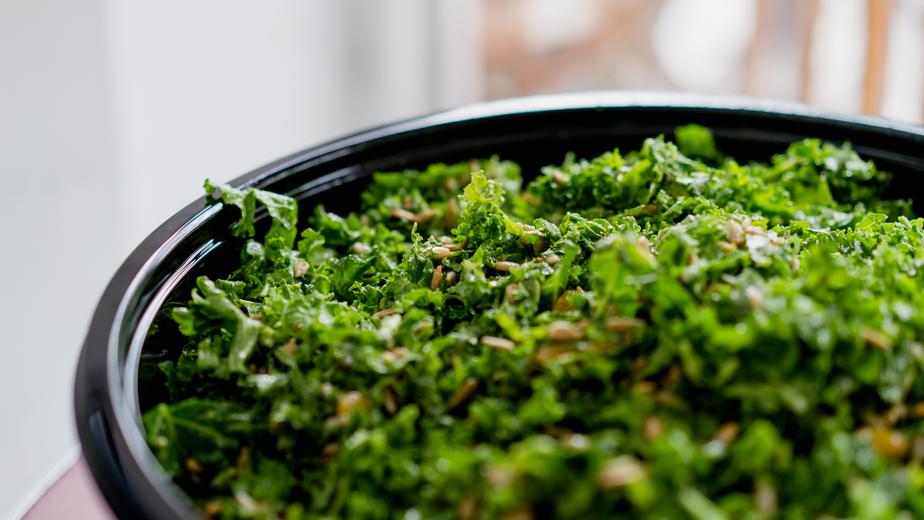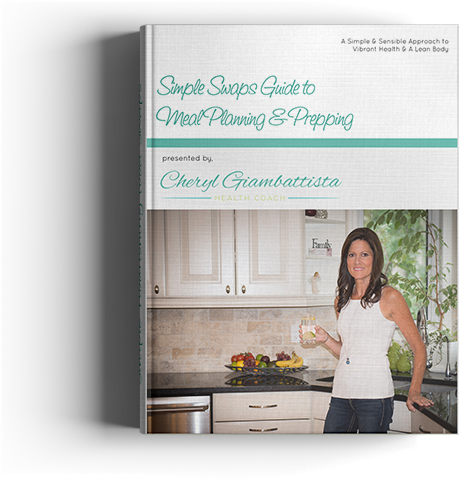What Is A Food Preservative?
A food preservative is a substance added to foods to make them last longer... to preserve them. Preservatives are added to foods that go bad quickly and have found themselves in all kinds of products in our grocery stores.
Preservatives work to preserve food in a few different ways. Some prevent the growth of bacteria and mold. Others prevent delicate fats from going rancid.
There are so many preservatives out there. While preservatives added to foods should be approved, this doesn’t mean they’re guaranteed to be safe for everyone always. This also doesn’t mean that the food, or consuming the preservatives themselves, is healthy.
Foods with preservatives are more processed, less nutritious foods to begin with. Not exactly health foods. So, even disregarding preservatives, we should be cutting down on these kinds of foods anyway.
This week we will be learning a bit more about common food preservatives, so keep reading!
Preservatives work to preserve food in a few different ways. Some prevent the growth of bacteria and mold. Others prevent delicate fats from going rancid.
There are so many preservatives out there. While preservatives added to foods should be approved, this doesn’t mean they’re guaranteed to be safe for everyone always. This also doesn’t mean that the food, or consuming the preservatives themselves, is healthy.
Foods with preservatives are more processed, less nutritious foods to begin with. Not exactly health foods. So, even disregarding preservatives, we should be cutting down on these kinds of foods anyway.
This week we will be learning a bit more about common food preservatives, so keep reading!
#1: Salt
That’s right, salt.
FUN FACT: The term salary comes from the Latin word for salt. It’s thought that it came from the ancient Romans who would pay employees, allowing them to buy salt. Either that, or it was for their work conquering and guarding salt mines. Either way, salt was sought because of its ability to preserve food before the advent of refrigeration.
In today’s day and age, with fridges and freezers in every home and grocery store, salt is not needed for food preservation as much. However, our taste buds still seem to crave it on an epic scale! The average American eats over 3,400 mg of sodium per day, well over the recommended 2,300 mg/day. Much of that is because it’s found in processed foods.
According to Harvard Health:
"... reducing dietary salt (table salt that is only sodium, chloride and iodine) will lower blood pressure, reduce the risk of heart attack and stroke, and save lives."
All in all, salt is one of those all too common food preservatives that most of us will do betterwith less of.
FUN FACT: The term salary comes from the Latin word for salt. It’s thought that it came from the ancient Romans who would pay employees, allowing them to buy salt. Either that, or it was for their work conquering and guarding salt mines. Either way, salt was sought because of its ability to preserve food before the advent of refrigeration.
In today’s day and age, with fridges and freezers in every home and grocery store, salt is not needed for food preservation as much. However, our taste buds still seem to crave it on an epic scale! The average American eats over 3,400 mg of sodium per day, well over the recommended 2,300 mg/day. Much of that is because it’s found in processed foods.
According to Harvard Health:
"... reducing dietary salt (table salt that is only sodium, chloride and iodine) will lower blood pressure, reduce the risk of heart attack and stroke, and save lives."
All in all, salt is one of those all too common food preservatives that most of us will do betterwith less of.
#2: Nitrites (Nitrates & Nitrosamines)
Nitrites are preservatives added to processed meats. They're not bad in and of themselves, but they do turn into harmful chemicals called nitrosamines. Nitrosamines are carcinogens found in cigarette smoke. Nitrites form nitrosamines when they're cooked at high heat, and sometimes even when exposed to the high acid environment of the stomach.
Nitrites are added to meats to keep the pink-red colour and prevent browning, mostly in bacon, ham, sausages and lunch meats. Since nitrites can change into nitrosamines, nitrites are one-step away from being the bad guys.
Another interesting thing is that processed meats have been linked with colon cancer. Could that be because of the nitrites? Perhaps, but either way, nitrosamines are a confirmed health-buster.
Since nitrosamines are the bad guys and are formed by cooking nitrites at high heat, what exactly are nitrates?
Nitrates are naturally found in many healthy foods like vegetables. They’re especially high in beets. Sometimes our enzymes or gut bacteria change these healthy nitrates into nitrites. However, they rarely form nitrosamines because they’re two-steps away from becoming these bad guys.
Nitrites are added to meats to keep the pink-red colour and prevent browning, mostly in bacon, ham, sausages and lunch meats. Since nitrites can change into nitrosamines, nitrites are one-step away from being the bad guys.
Another interesting thing is that processed meats have been linked with colon cancer. Could that be because of the nitrites? Perhaps, but either way, nitrosamines are a confirmed health-buster.
Since nitrosamines are the bad guys and are formed by cooking nitrites at high heat, what exactly are nitrates?
Nitrates are naturally found in many healthy foods like vegetables. They’re especially high in beets. Sometimes our enzymes or gut bacteria change these healthy nitrates into nitrites. However, they rarely form nitrosamines because they’re two-steps away from becoming these bad guys.
#3: BHA & BHT
Have you ever noticed that sometimes on packages it says that “BHA/BHT has been added to the package to help maintain freshness?” Perhaps on cereal packages or in gum? Guess how these compounds maintain freshness? Preservatives.
BHA (butylated hydroxyanisole) and BHT (butylated hydroxytoluene) are antioxidants added to many processed foods. The main thing that BHA and BHT do is prevent fats from going rancid. Are they safe? Well, they're approved for use as a preservative at small doses. However, some studies show they can cause cancer in animals at high doses. Again, because they're often added to processed pre-packaged foods, it's wise to avoid them nonetheless.
BHA (butylated hydroxyanisole) and BHT (butylated hydroxytoluene) are antioxidants added to many processed foods. The main thing that BHA and BHT do is prevent fats from going rancid. Are they safe? Well, they're approved for use as a preservative at small doses. However, some studies show they can cause cancer in animals at high doses. Again, because they're often added to processed pre-packaged foods, it's wise to avoid them nonetheless.
Recipe Time!
The short version of this story is that in the modern world, there aretons of preservatives in our food supply. We also have more processed foods available to us than ever before, and most of us don't have time to grow our own food. Compounds in preservatives work by preventing the growth of bacteria and mold, and by preventing fats from going rancid. Therefore, the best thing we can do to avoid these preservatives is to avoid processed, and eat fresh foods.
To start giving you some ideas of how fresh food substitutions can be used to replace some of our favourite processed foods, check out the delicious kale chip recipe below.
To start giving you some ideas of how fresh food substitutions can be used to replace some of our favourite processed foods, check out the delicious kale chip recipe below.
Recipe: Kale Chips
Recipe: Preservative Free Kale Chips
Serves 4
Ingredients:
Directions:
Pro Tip: You can use any spice, so try onion powder, paprika, or even turmeric.
Serves 4
Ingredients:
- 1 bunch of kale, washed and dried
- 1 tbsp olive oil
- 2 dashes sea salt
- 2 dashes garlic powder
Directions:
- Preheat oven to 300F and place a sheet of parchment paper on a baking sheet.
- Take the washed and dried kale and rip them into "chip" size pieces and place in a large bowl.
- Drizzle with olive oil, salt, and garlic powder. Mix until the kale pieces are evenly covered.
- Place kale onto prepared sheet in an even layer. Bake for 10 minutes.
- Flip over the kale to cook the other sides of the pieces. Bake for another 10 minutes until the edges just start turning brown. Monitor them well, or you'll have burnt kale chips.
- Serve & enjoy!
Pro Tip: You can use any spice, so try onion powder, paprika, or even turmeric.
Minimizing Our Preservative Consumption
|
One of the best ways we can ensure we minimize the preservatives we consume is eating fresh foods. Many people worry that fresh foods are time consuming to prepare, but there are a lot of things we can do to make the process simple and efficient.
I have something to help you start doing just that! I created the Simple Swaps Guide to Meal Planning & Prepping to help give you some simple tips and tricks. This guide was created to offer my best suggestions to help you make small changes that will have a big impact on overall health. Click on the button below to access this free guide. |
References:
https://en.wikipedia.org/wiki/Salary
https://authoritynutrition.com/are-nitrates-and-nitrites-harmful/
https://authoritynutrition.com/9-ways-that-processed-foods-are-killing-people/
http://www.precisionnutrition.com/all-about-endocrine-disruptors
http://www.health.harvard.edu/newsletter_article/salt-and-your-health
https://examine.com/nutrition/scientists-just-found-that-red-meat-causes-cancer--or-did-they/
https://authoritynutrition.com/chewing-gum-good-or-bad/
http://www.inspection.gc.ca/food/labelling/food-labelling-for-industry/list-of-ingredients-and-allergens/table/eng/1369857665232/1369857767799
https://en.wikipedia.org/wiki/Salary
https://authoritynutrition.com/are-nitrates-and-nitrites-harmful/
https://authoritynutrition.com/9-ways-that-processed-foods-are-killing-people/
http://www.precisionnutrition.com/all-about-endocrine-disruptors
http://www.health.harvard.edu/newsletter_article/salt-and-your-health
https://examine.com/nutrition/scientists-just-found-that-red-meat-causes-cancer--or-did-they/
https://authoritynutrition.com/chewing-gum-good-or-bad/
http://www.inspection.gc.ca/food/labelling/food-labelling-for-industry/list-of-ingredients-and-allergens/table/eng/1369857665232/1369857767799

